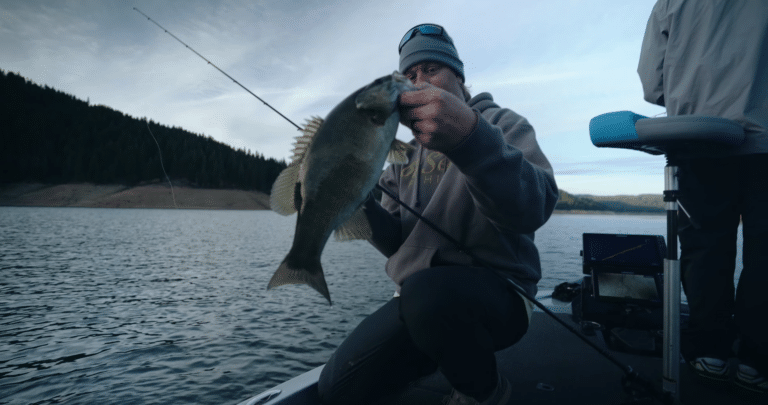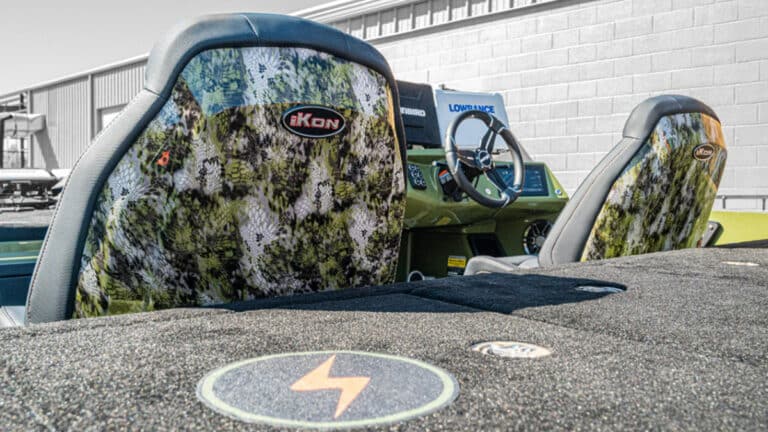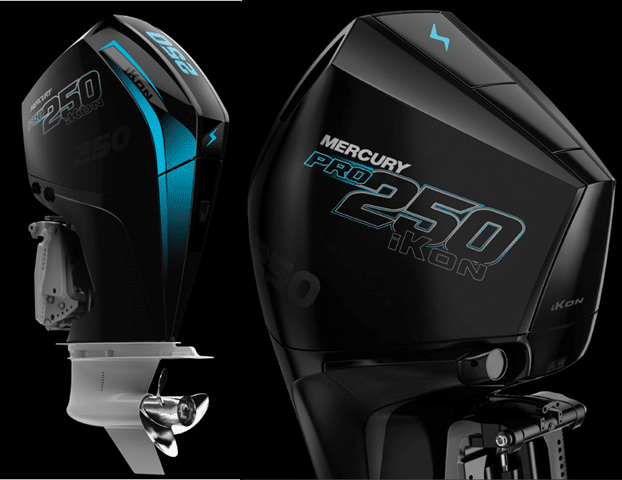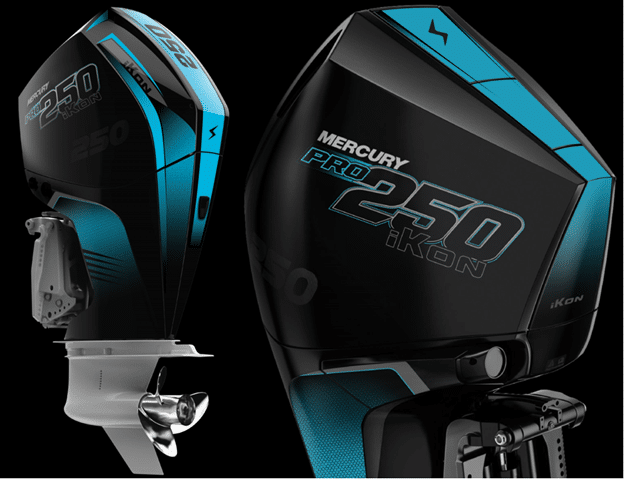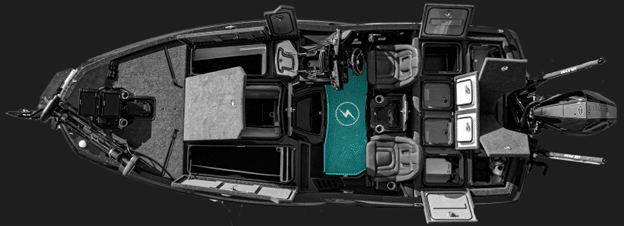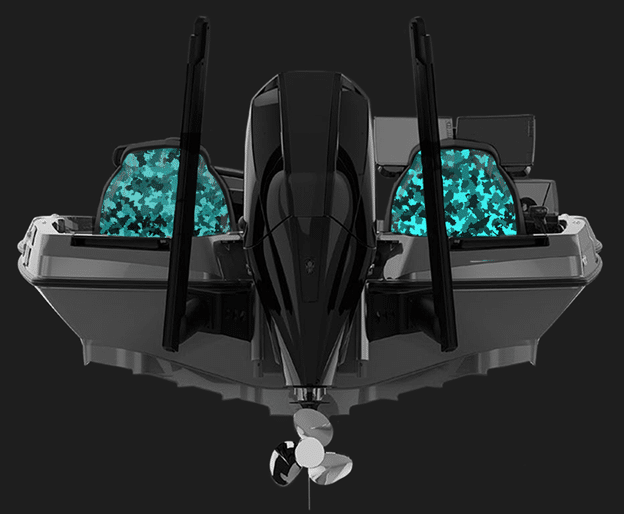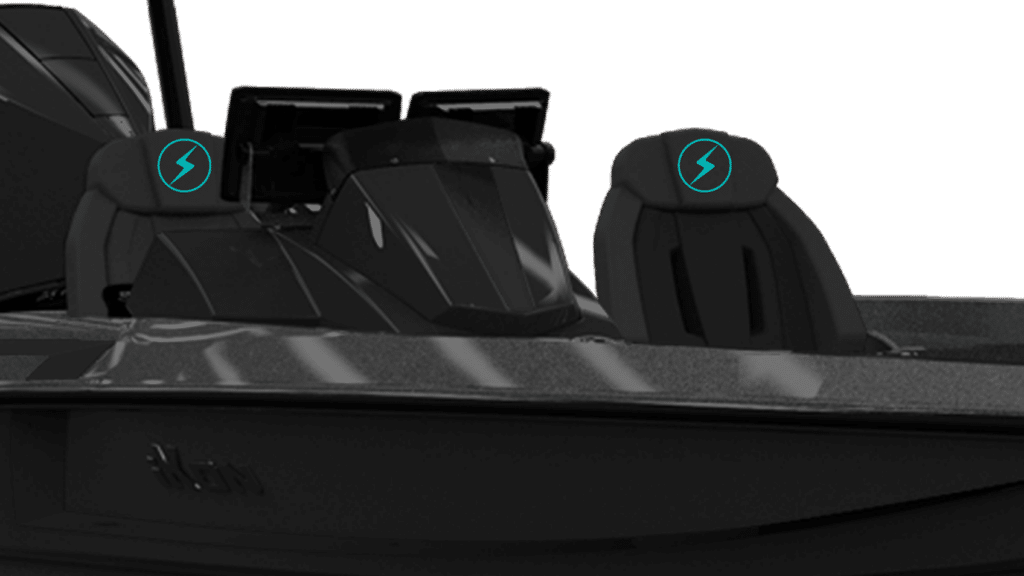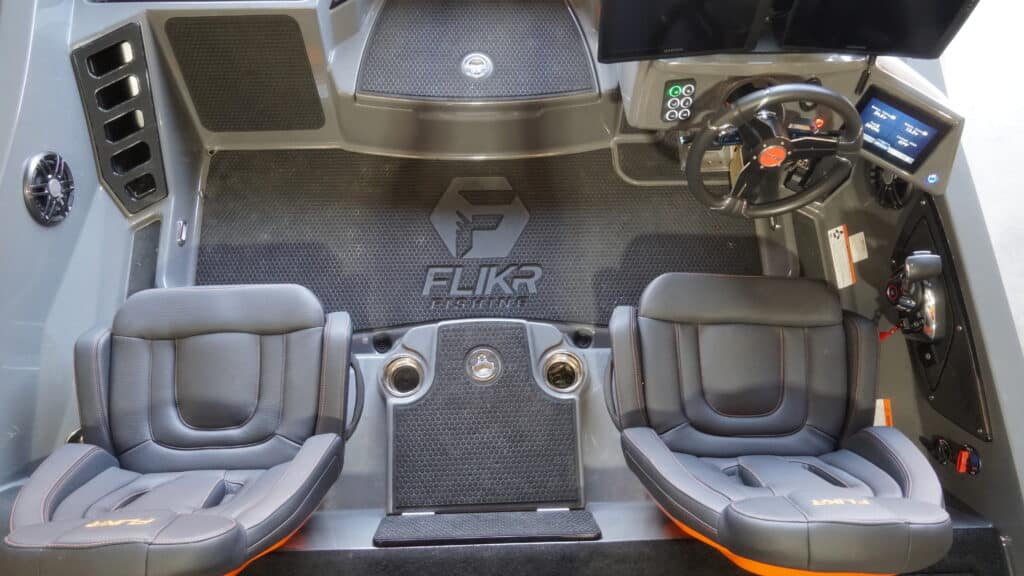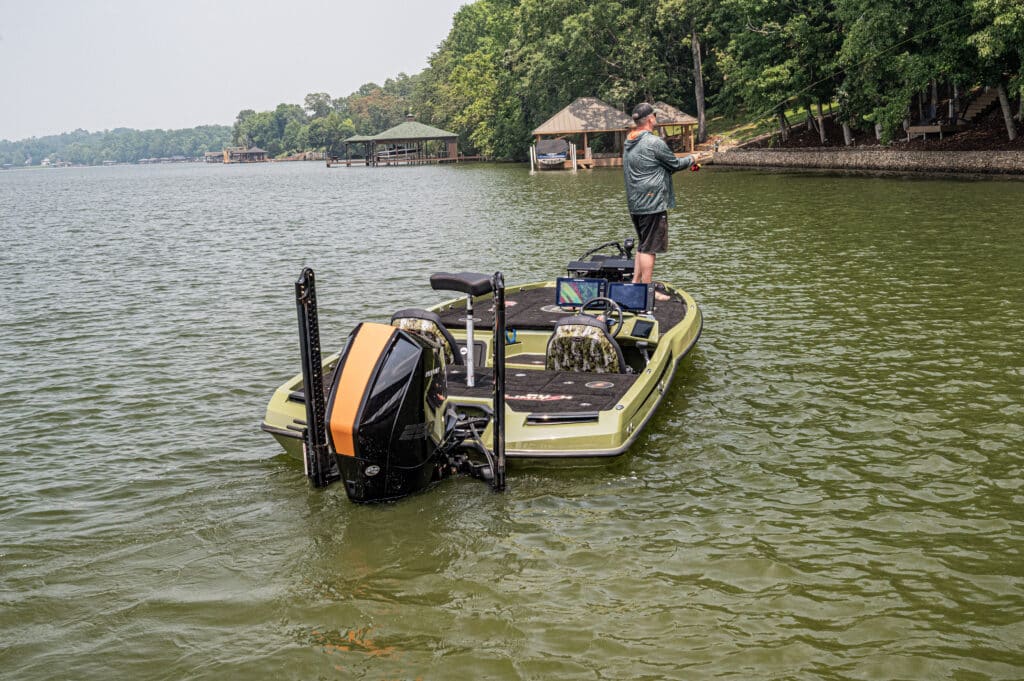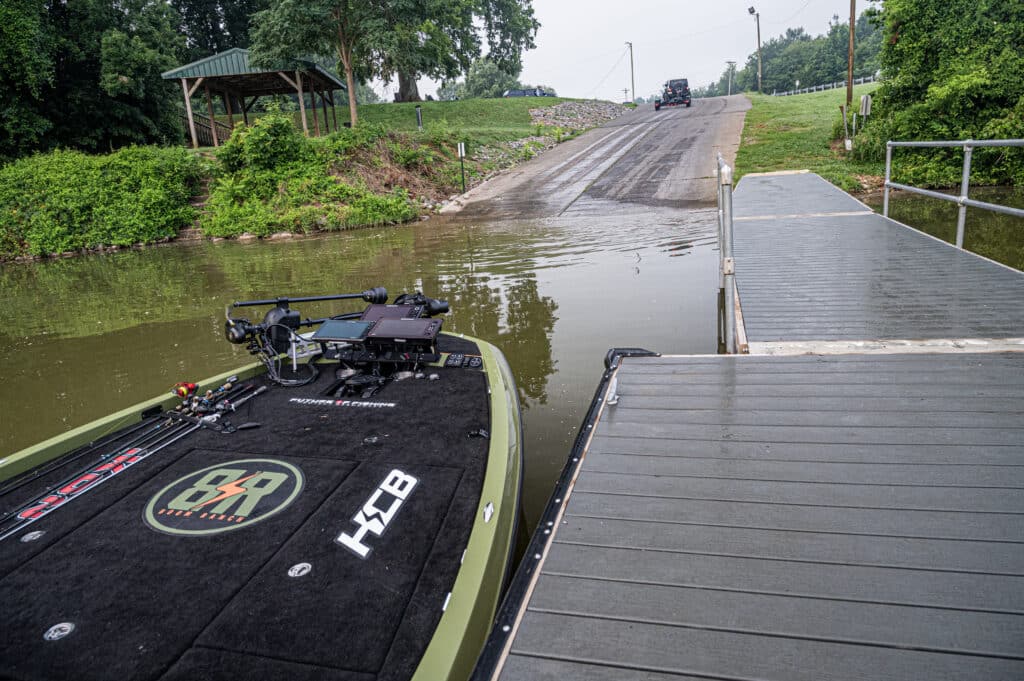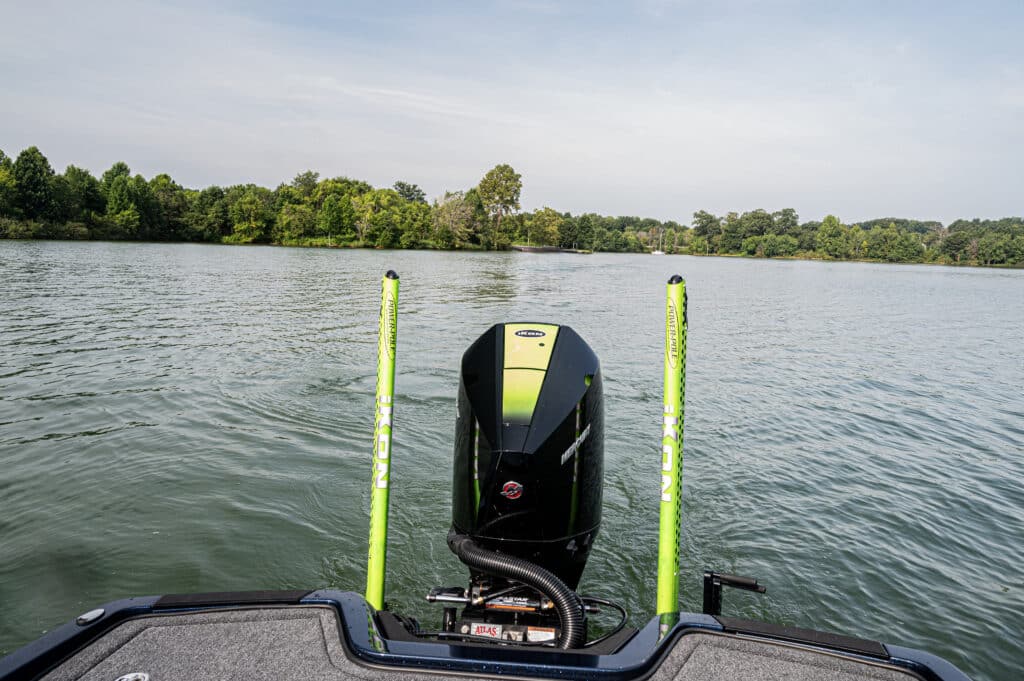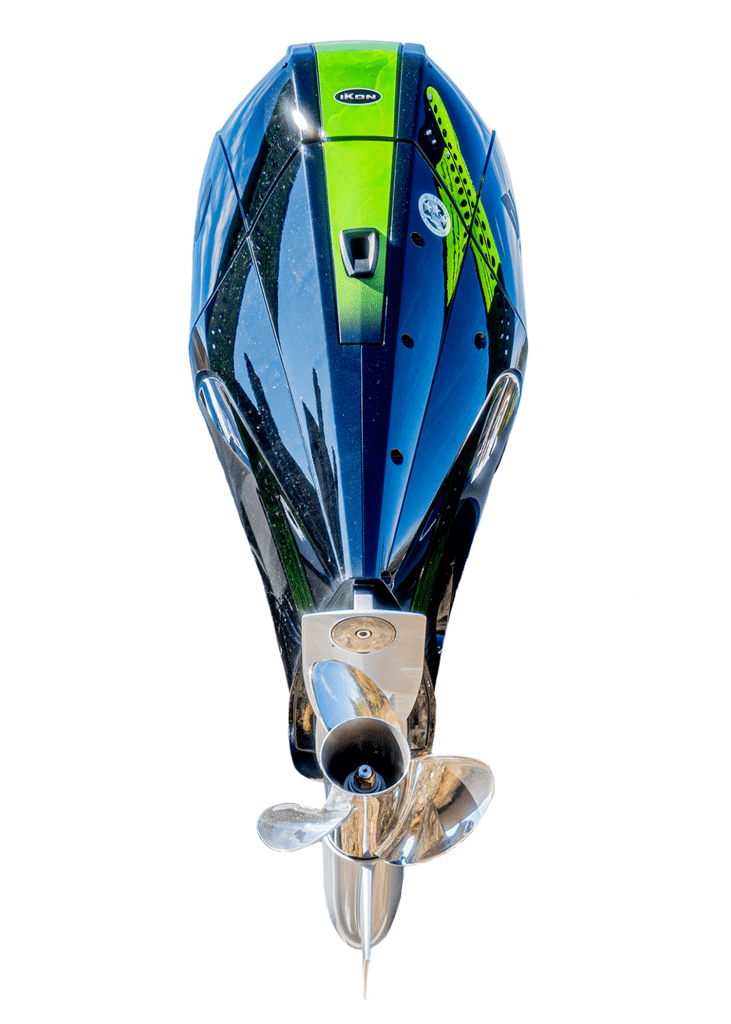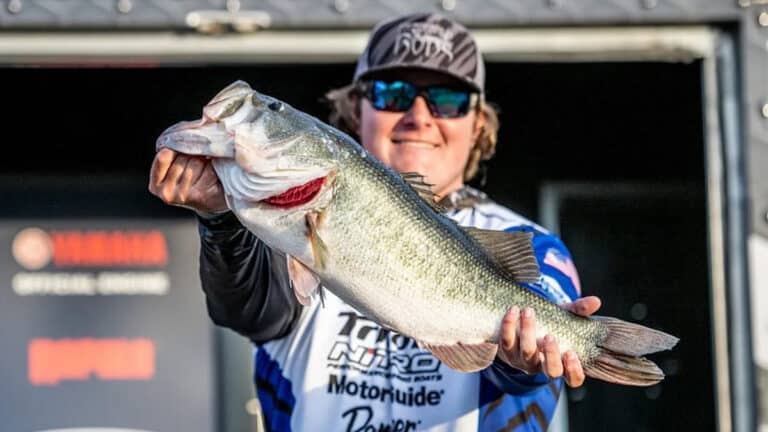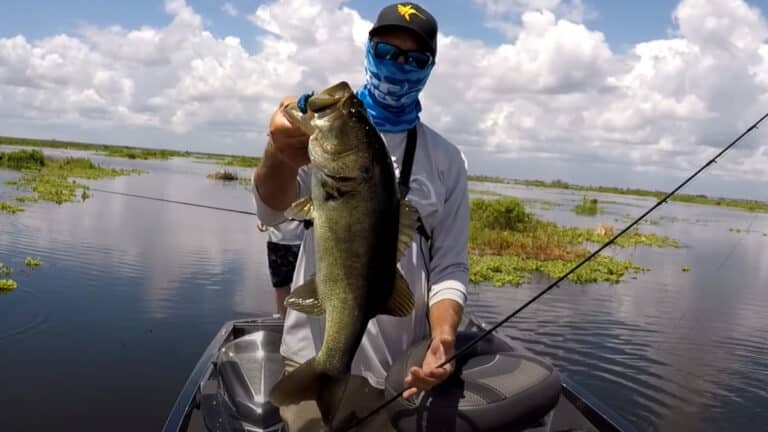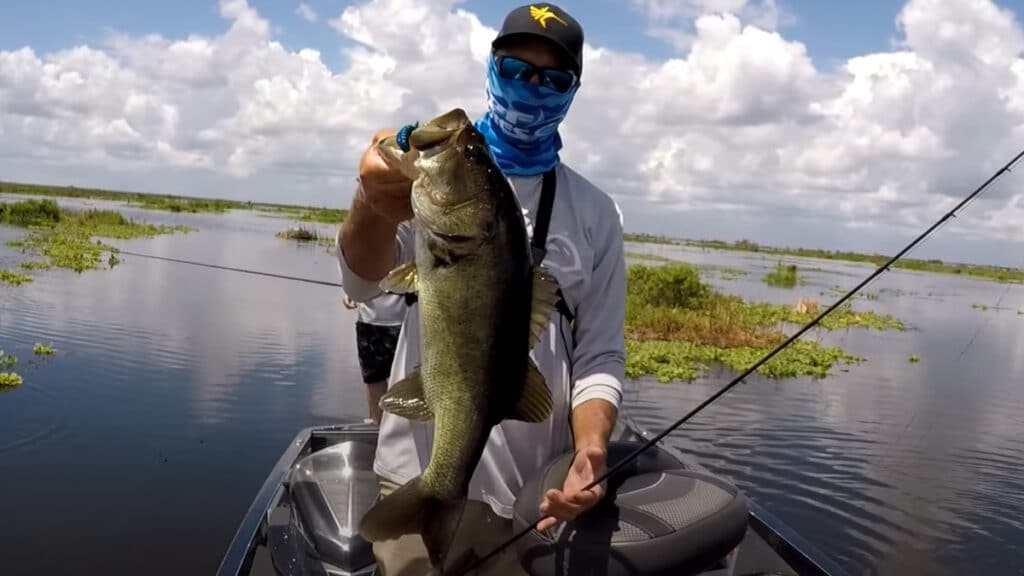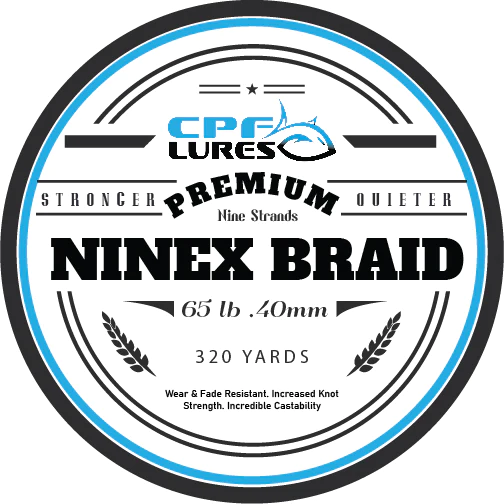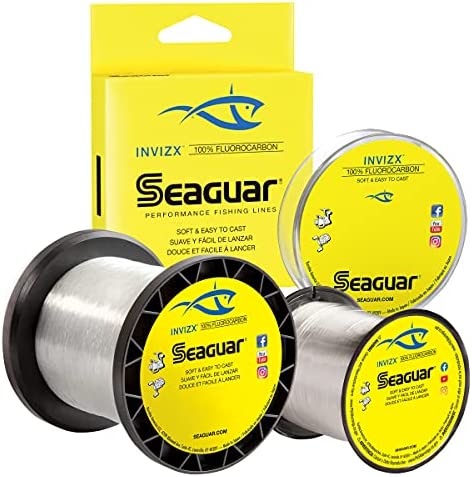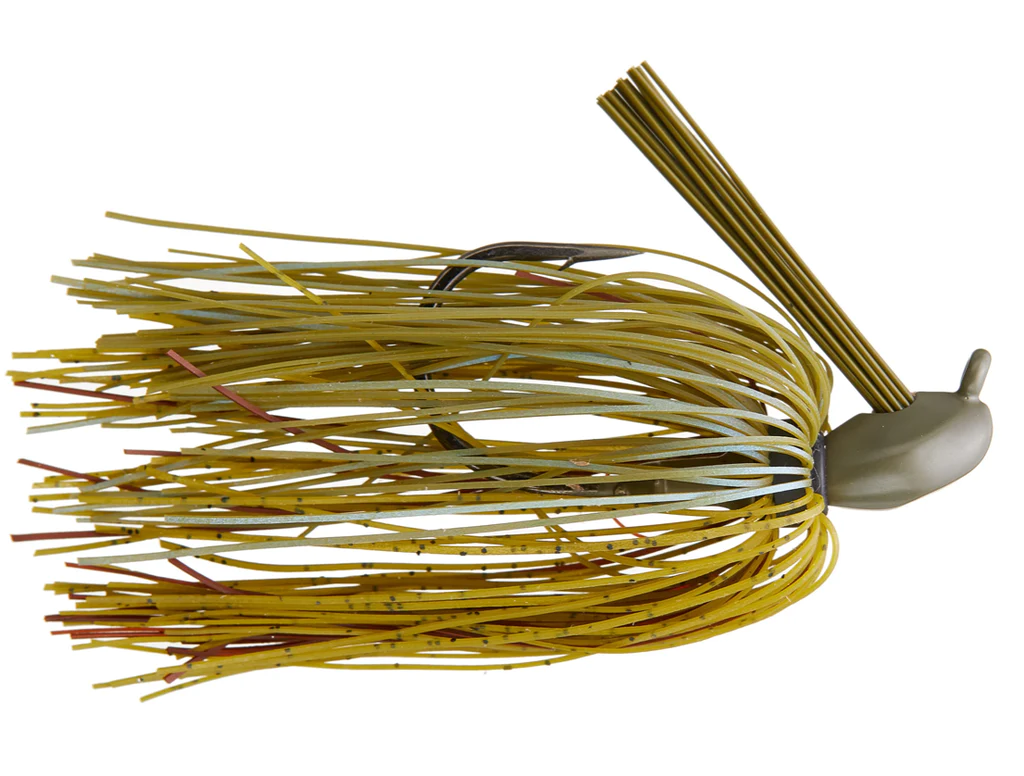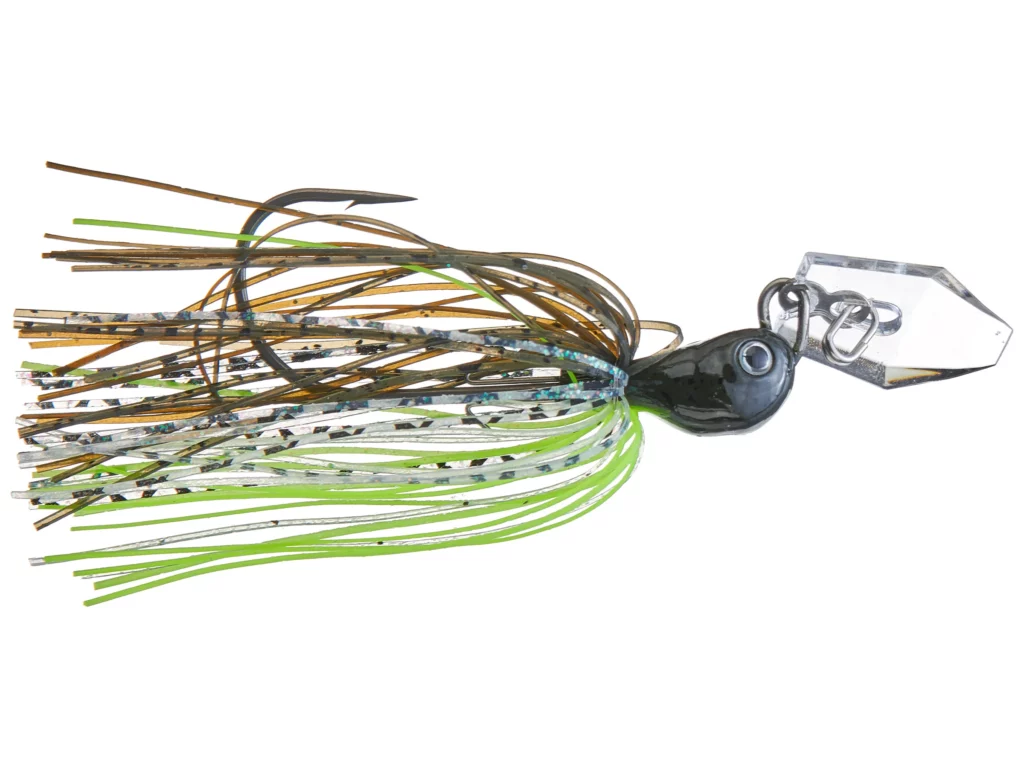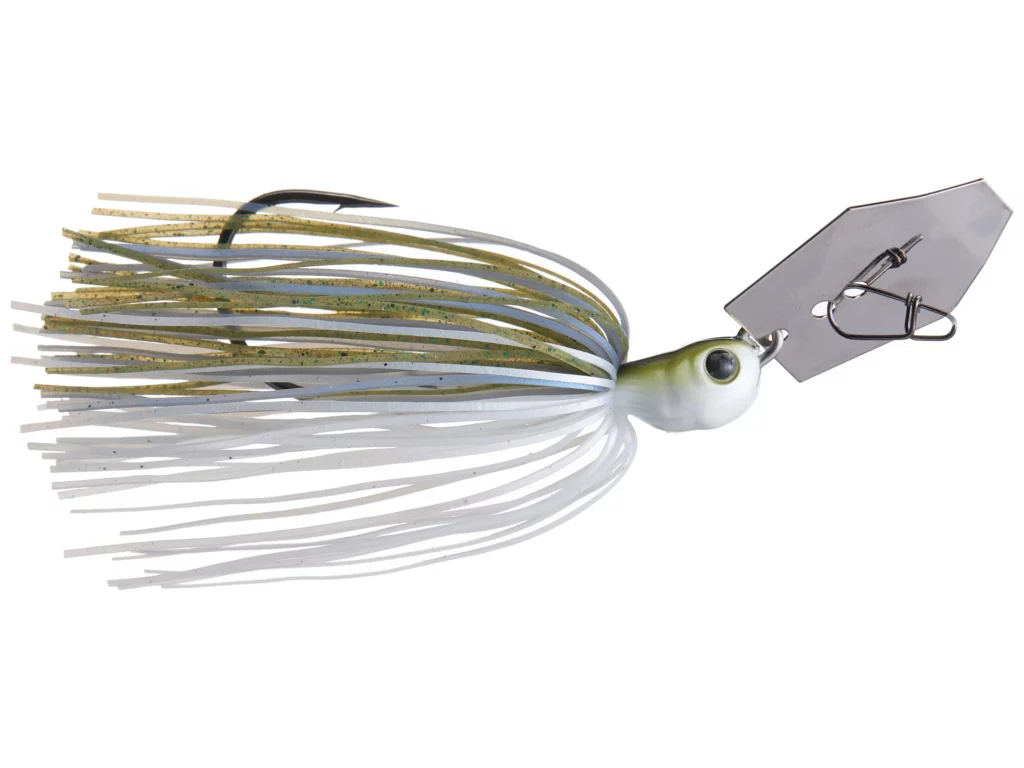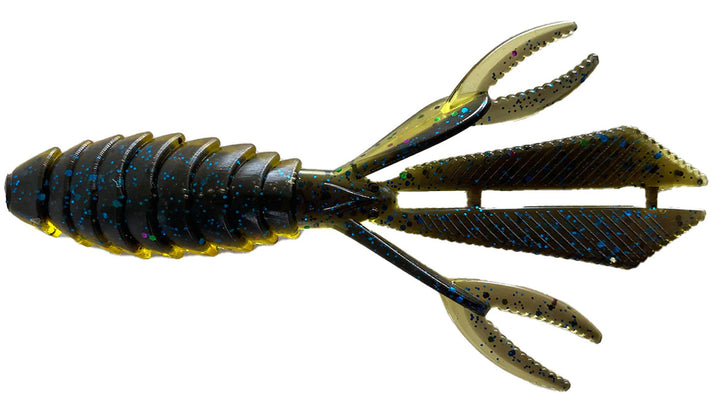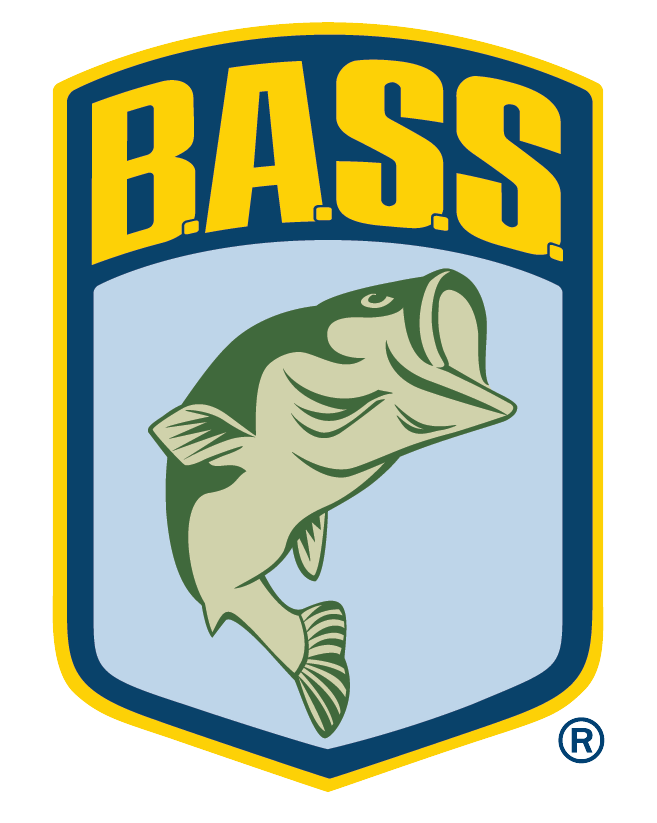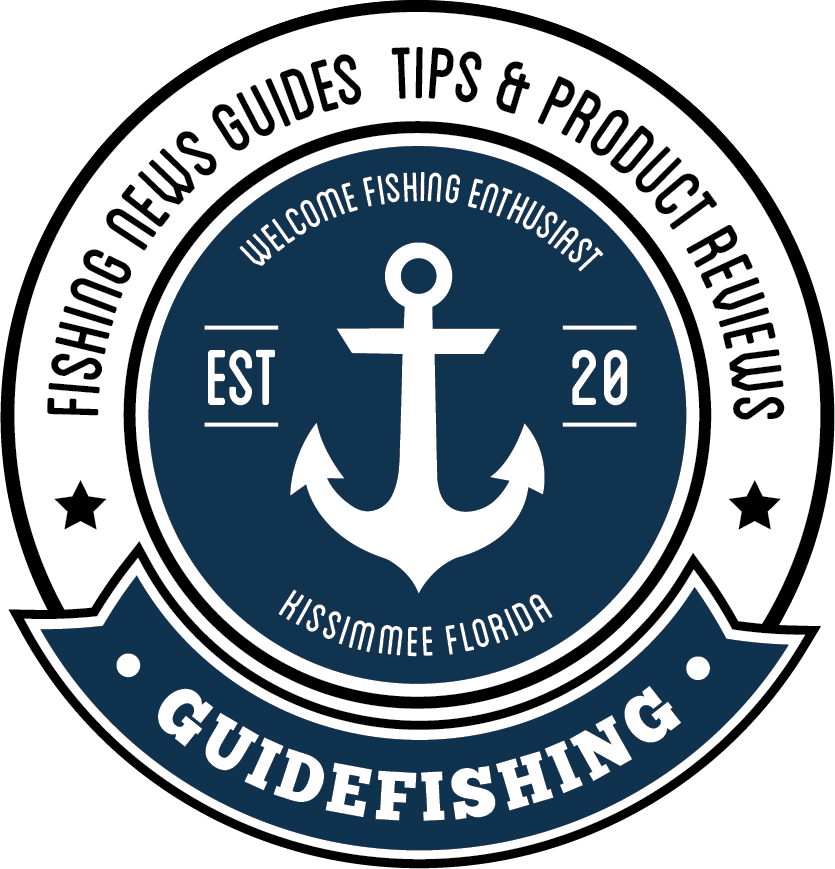Ever wondered how Josh Jones is able to find and catch so many big, trophy-sized bass? Well, look no further than. With his innovative techniques and pioneering use of advanced technologies, Jones has set the fishing world alight, making waves with his impressive catches and successful clients.
From utilizing Garmin LiveScope sonar technology to target suspended bass to winning the American Crappie Trail national championship, Josh Jones Fishing’s approach is a masterclass in innovation and perseverance. Ready to delve into the waters and discover the secrets of Jones’ success? Let’s cast off on this fishing adventure together.
The Josh Jones Approach
Josh Jones isn’t just an angler; he’s a fishing maestro. His signature approach combines a deep understanding of fish behavior with the innovative use of live sonar technology to locate and target trophy bass. Whether he’s on a boat in the middle of the lake or guiding clients through their fishing journey, Jones’ expertise and strategies have turned many a fishing trip into a story of triumph.
His techniques are not just for the pros, though. Jones has successfully trained both pro anglers from the FLW and Bassmaster Elite Series, and everyday fishing enthusiasts, sharing his deep knowledge and cutting-edge strategies. His website, loaded with fishing wisdom, offers essential resources for an improved user experience, simplifying the learning process from the master himself.
Live Sonar Mastery
A significant aspect of Jones’ fishing expertise is his proficiency in using live sonar technology. Live sonar lets you see underwater in real-time, making it easier to locate and track fish movements. Jones’ ability to leverage this technology has given him a significant edge in the fishing world, allowing him to spot and target bass with an accuracy that few can match.
Utilizing a sensitive transducer, the Garmin LiveScope sonar offers the following features:
- Emits high-frequency sound waves
- Creates live images of fish surrounding the boat
- Tracks fish movement in real time
- Provides a clear 360-degree view underwater
- Enables users to see how fish react to lures and bait
This technology, along with similar technologies, has undoubtedly improved the remarkable clients catch rate of Jones’ clients, thanks to the integration of meta products and payment services.
Focus on Suspended Bass

Jones’ strategy isn’t just about using the right tech; it’s also about targeting the right fish. Suspended bass, those that hang around bridge pilings, are his fish of choice. Using techniques like:
- split shotting
- rip baits
- Senkos
- drop-shots
- the A-Rig
Jones has perfected the art of reeling in these elusive creatures.
His preferred bait for suspended bass is the 9.5-inch 6th Sense Divine Magnum Shakey Worm. Recognized as a meta product in the fishing industry, it’s known for its effectiveness in attracting big bass. However, choosing the bait is merely the beginning. Jones employs a range of strategies to hook suspended bass, including scouting for large clusters of baitfish or regions with flowing water. It’s this combination of innovative techniques and keen observation that makes Jones’ approach so successful.
Top Baits for Big Fish
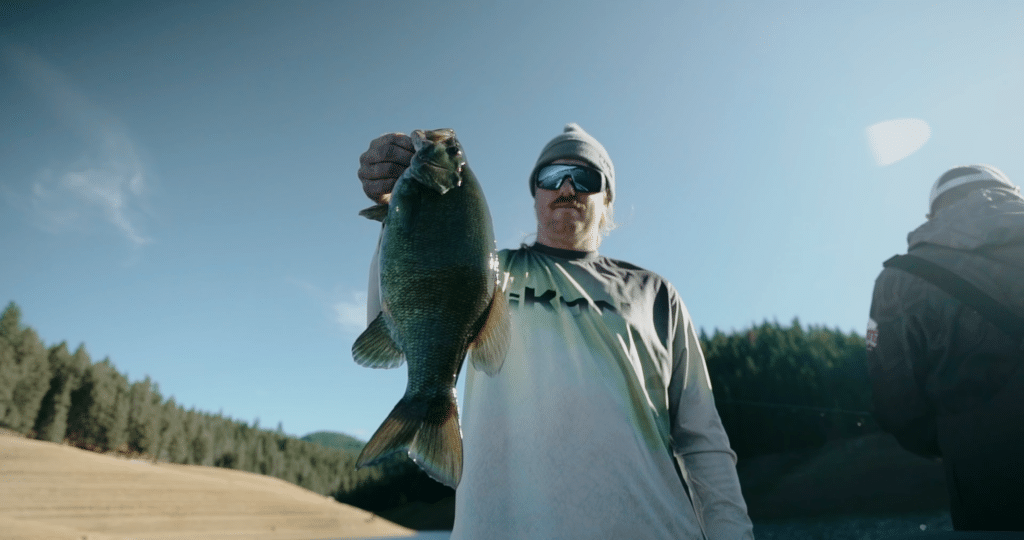
Much like a chef picks the finest ingredients for his signature dish, Jones carefully selects his baits for hooking giant bass. His preferences?
However, it’s not just about the bait selection; the presentation also matters. Jones uses a technique that involves:
- reeling in the bait
- pausing
- giving quick snaps to make it glide to the side
- using the reel handle to make it cut and glide to the other side
This lifelike movement of the bait, coupled with a slow and steady retrieve, is what makes it irresistible to those big bass.
Cable guy, what four years ago? And now I get to travel the country catching fish
Josh Jones
The Power of the Big Worm
Jones’ arsenal of baits for big fish isn’t complete without the big worm, especially the 9.5-inch 6th Sense Divine Magnum Shakey Worm. This bait’s large size, slow descent, and natural action make it especially appealing to big bass, enticing them to strike.
To enhance the worm’s performance, Jones suggests using a Texas rig to prevent snagging. Casting it near where the bass like to hang out, letting it sink, and then giving it a gentle shake and drag often does the trick. The key is to adjust the approach based on how fish are responding and to play around with different colors.
Crappie Fishing: A Championship-Winning Passion
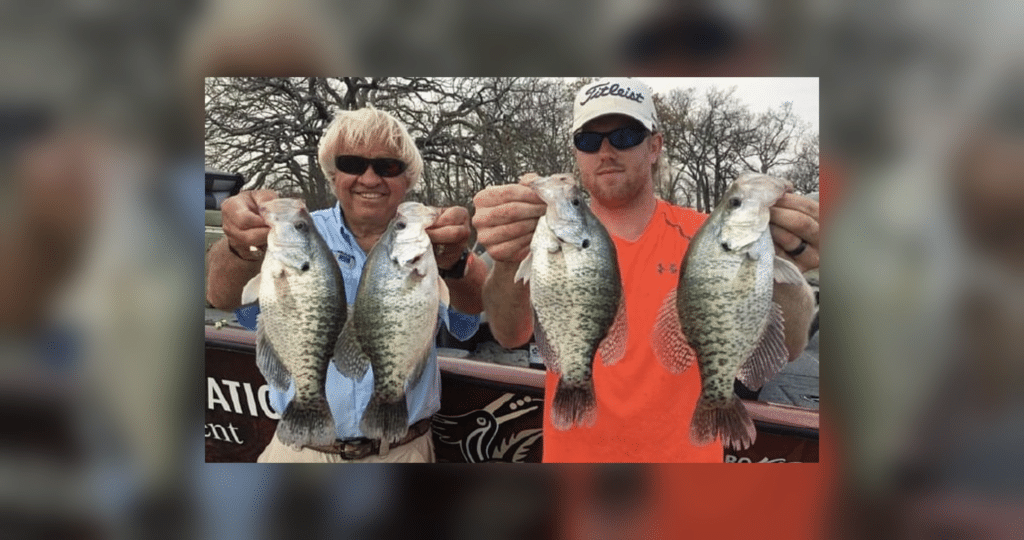
While Jones is celebrated for his bass fishing expertise, his enthusiasm for crappie fishing is equally remarkable. A testament to this passion is his win in the American Crappie Trail national championship, a competitive tournament that brings together top anglers to compete on renowned lakes.
Josh’s victory in the tournament wasn’t just a stroke of luck; it was the result of careful planning, smart tactics, and a deep understanding of fish behavior. Jones and his partner, Reynolds, kicked off the tournament by catching big fish right from the start, and they kept upgrading their catch throughout the event, securing their victory.
Tournament Tactics
Winning a national championship is no small feat, and it requires a well-thought-out strategy. Jones and Reynolds used a combination of tactics, including:
- Making good use of forward-facing sonar tech
- Working together as a team
- Positioning themselves strategically
- Controlling the boat
- Being able to adjust to different conditions and techniques
These tactics helped them secure the championship.
Their tactics involved:
- Fishing along the timber and channel edges in water depths ranging from 9 to 15 feet
- Using a 1/8 ounce orange jig head
- Having a specific technique for catching crappie in tournaments
This strategic approach to information manage contributed significantly to their success.
Balancing Family Time and Fishing
While Jones is a passionate and dedicated angler, he also values family time. He ensures a balance between his fishing career and time spent with his loved ones. Jones involves his family in crappie fishing by taking them along on fishing trips and showing them the ropes. This shared experience allows him to pass on his passion for fishing to his loved ones and creates memorable family moments.
In addition to fishing, Jones enjoys other outdoor activities with his family such as hiking, wild turkey hunting, and morel mushroom hunting. These activities create a well-rounded outdoor experience for his family and offer a refreshing break from the fishing routine.
Client Success Stories
Unsurprisingly, Jones’ clients have achieved significant success under his mentorship. From reeling in trophy bass to improving their fishing skills, Jones’ clients have seen remarkable results. Some of these success stories include:
- Catching a 10-pound bass
- Winning a local fishing tournament
- Improving their casting distance by 20 yards
- Landing their first fish on a fly rod
These success stories have even gone viral on social media, further showcasing the effectiveness of Jones’ techniques.
These remarkable catches are not simply down to luck; they are the product of Jones’ precise mentoring and sophisticated techniques. From mastering pinpoint casting to keenly observing both bait and fish in the water, Jones’ clients have significantly improved their fishing skills and catch rates.
Pro Anglers and Avid Fishermen
Jones’ clients, from professional anglers to keen fishermen, have all profited from his expertise. With Jones’ guidance, they’ve caught some big bass, some chasing the bait for 20 feet before striking. They’ve also pulled in multiple double digit bass catches over 8 pounds in one trip, with some bass weighing up to 13 pounds.
These impressive catches are not just stories; they’ve had a significant impact on the fishing industry. With some of his clients catching bass over 10 pounds, Jones has become a big name in the fishing community. His techniques and the success of his clients have made him a sought-after guide for those looking to improve their fishing game.
Viral Social Media Moments
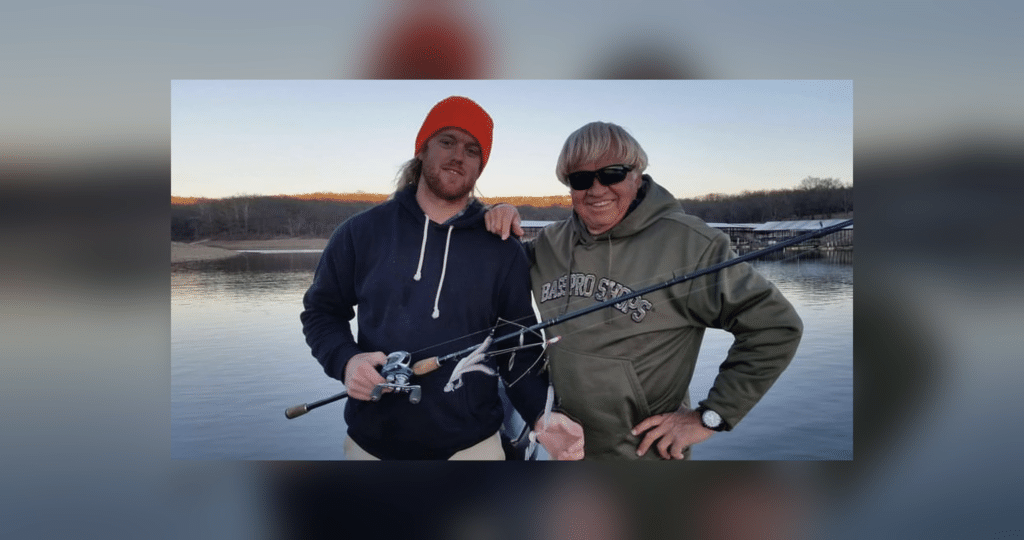
Jones’ impressive catches and those of his clients have caught the attention of the online world, going viral on social media. His 13.2-pound bass catch at Lake O.H. Ivie, for instance, received widespread praise and admiration from the online fishing community.
In addition to this, Jones’ videos showcasing his fishing skills and impressive catches have garnered significant attention on platforms like YouTube and TikTok. These viral moments have not only showcased Jones’ expertise but have also sparked increased interest in his techniques and approach to fishing.
Essential Gear for Catching Giant Bass
Selecting the appropriate gear is key to successfully catching giant bass. Jones recommends selecting the right rods, reels, and line to maximize success when using his recommended baits and techniques.
The appropriate gear can notably enhance your fishing experience, from casting to hauling in your catch. It can also enhance the effectiveness of your baits and techniques, giving you an edge in catching those trophy bass.
Rods and Reels
Jones has a few preferred choices when it comes to rods and reels. For big worm fishing, he recommends the Dobyns Xtasy 755 or the Fury 735 rod. Both these rods are lightweight, sensitive, and balanced, providing the power needed for effective big worm fishing.
For glide bait fishing, Jones suggests reels like the Calcutta 400 or Abu 4600 C4. These reels excel at casting smooth and far, offering better control over the bait movement and generating more inertia for longer glides. These features make them ideal for glide bait fishing.
Line Selection
Choosing the right line is another key factor to successful fishing. Different line types can significantly influence your bait’s performance and your ability to feel a bass’s bite. Jones recommends the 20-pound P-Line CXX line for fishing around thick cover with big worms.
This line is strong, resistant to abrasion, has low memory, increased sensitivity, and decreased visibility, making it particularly effective for bass fishing. The right line can give your bait the best performance and help you detect bites more effectively, significantly increasing your chances of reeling in a big one.
Bass Boat for 2023 & 2024
In 2023 and 2024 Josh Jones uses an iKon Boats LX21 bass boat.
Summary
From his innovative use of live sonar technology to his strategic approach to targeting suspended bass, Josh Jones has transformed the game of bass fishing. His expertise and unique techniques have not only led him to win championships but have also helped countless clients improve their fishing skills and reel in trophy bass.
Whether you’re a pro angler looking to up your game or a fishing enthusiast hoping to learn from the best, the wisdom, techniques, and passion that Josh Jones brings to the table are truly inspiring. So why not take a page out of Jones’ book and try his techniques on your next fishing adventure? Who knows, you might just reel in the catch of a lifetime!
Frequently Asked Questions
In 2023 and 2024 Josh Jones uses an iKon Boats LX21 bass boat.
Josh Jones’ fishing approach is unique because he combines his knowledge of fish behavior with live sonar technology to target trophy bass, leading to impressive catches and helping others improve their fishing skills.
Josh Jones suggests using glide baits and big worms for anglers looking to land some trophy-sized bass.
Josh Jones finds the perfect balance between his passion for fishing and spending quality time with his family. He takes his loved ones on trips with him to share his love of crappie fishing and show them the ropes.
For catching giant bass, Josh Jones recommends choosing the best rods, reels, and line, as well as selecting the appropriate baits and techniques.


